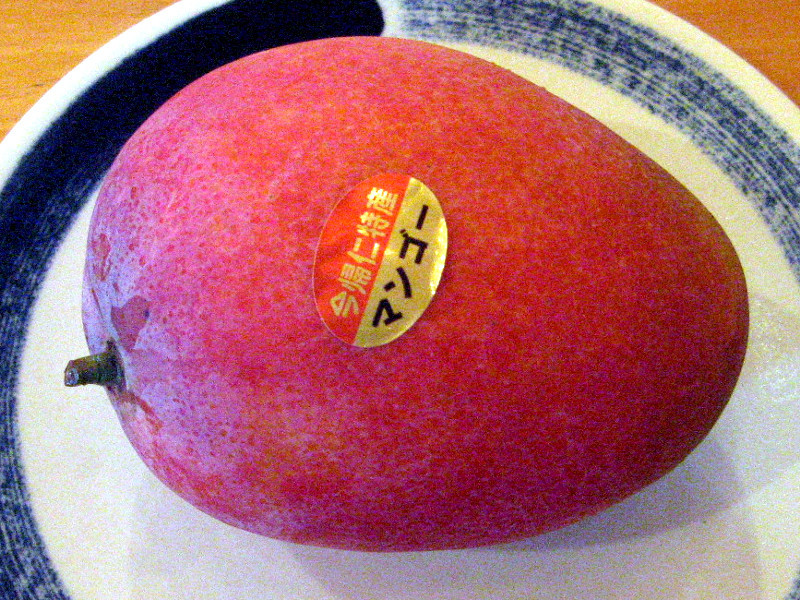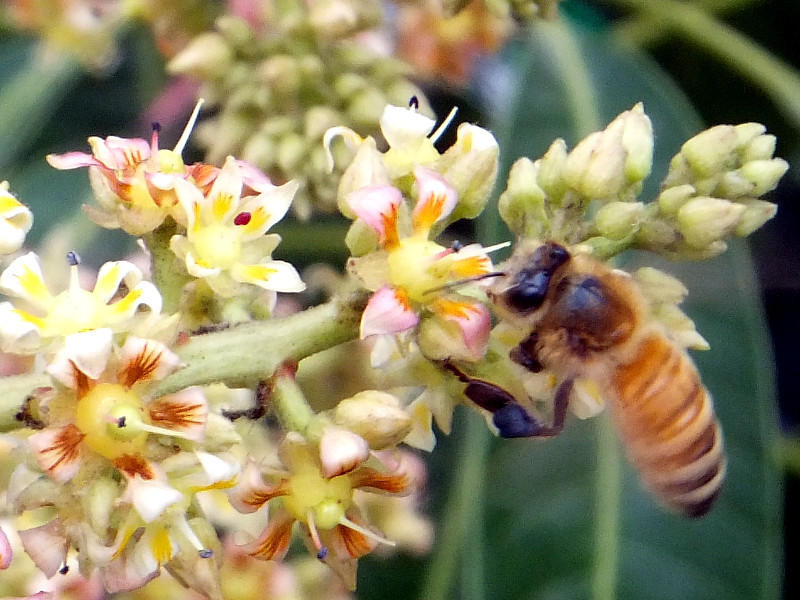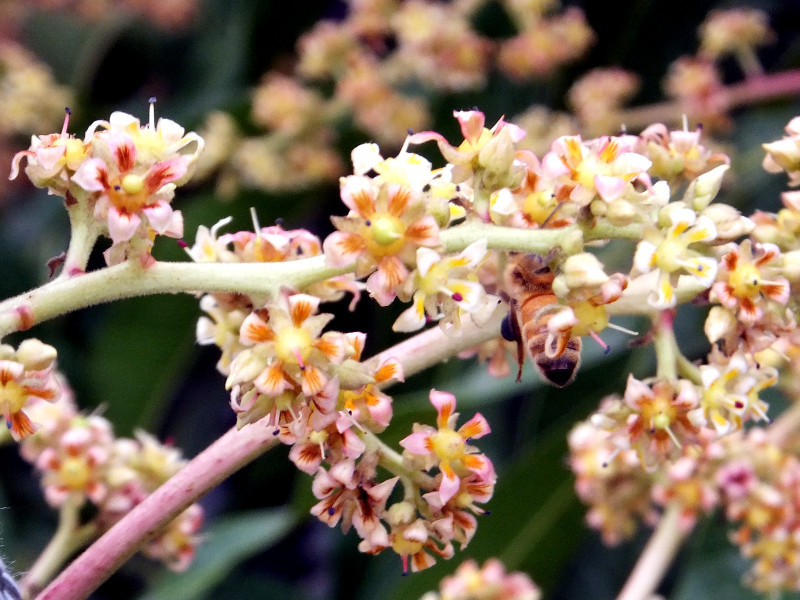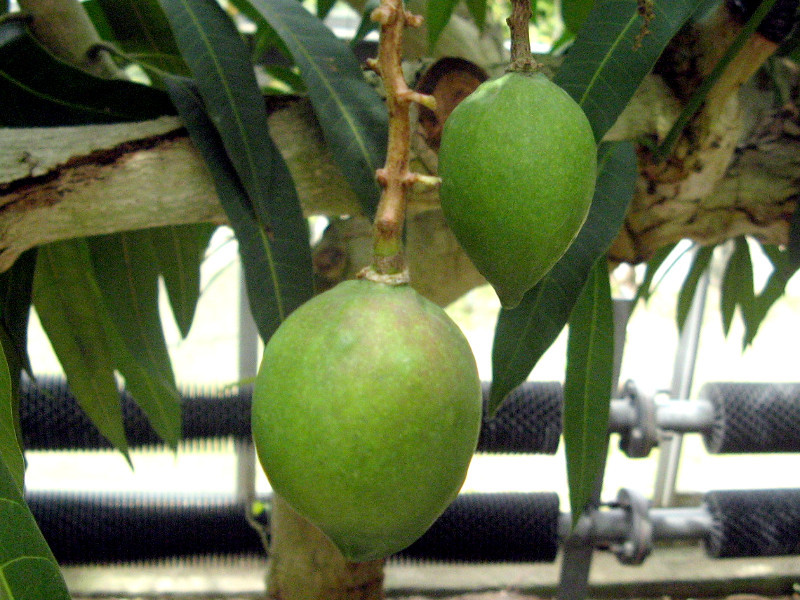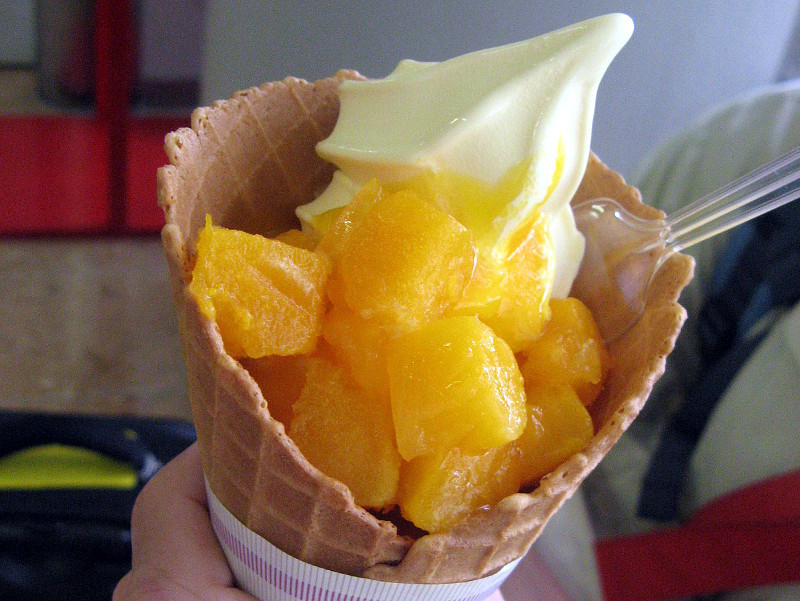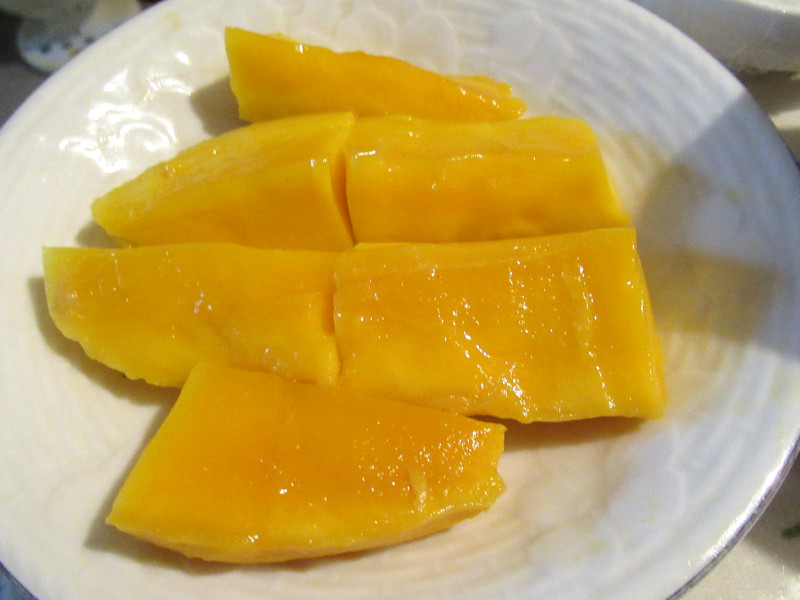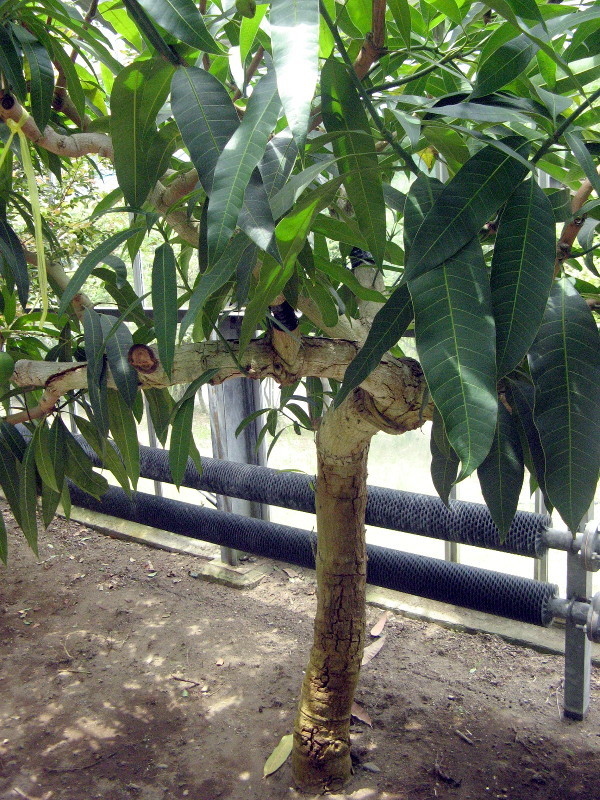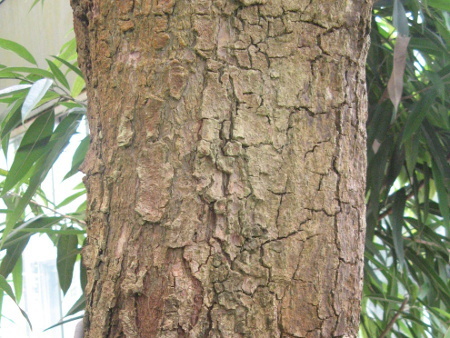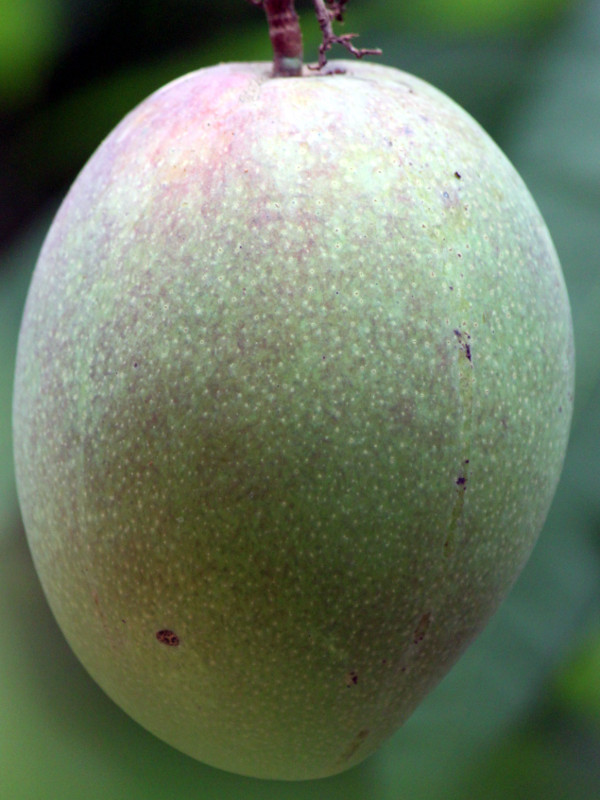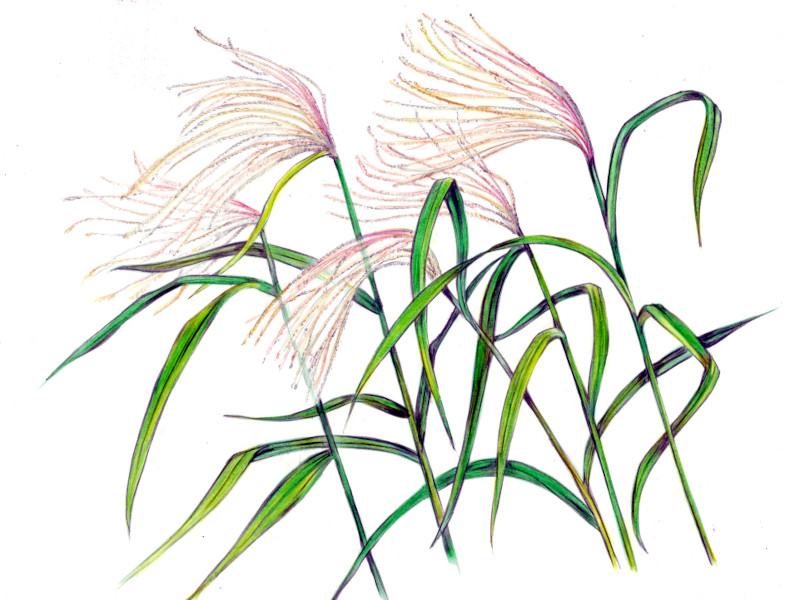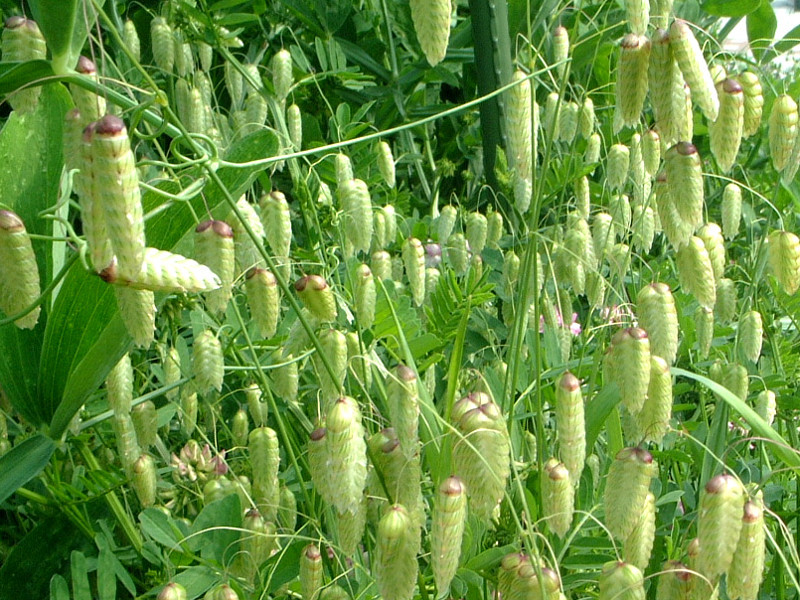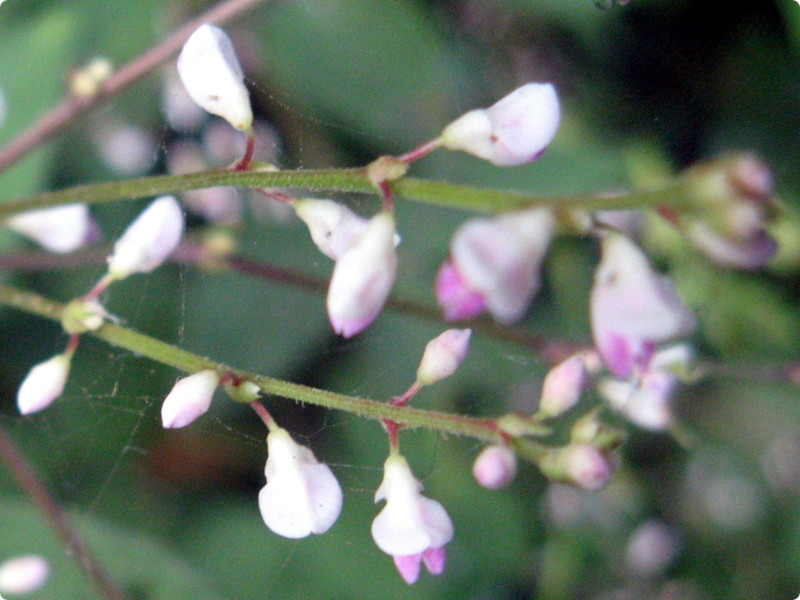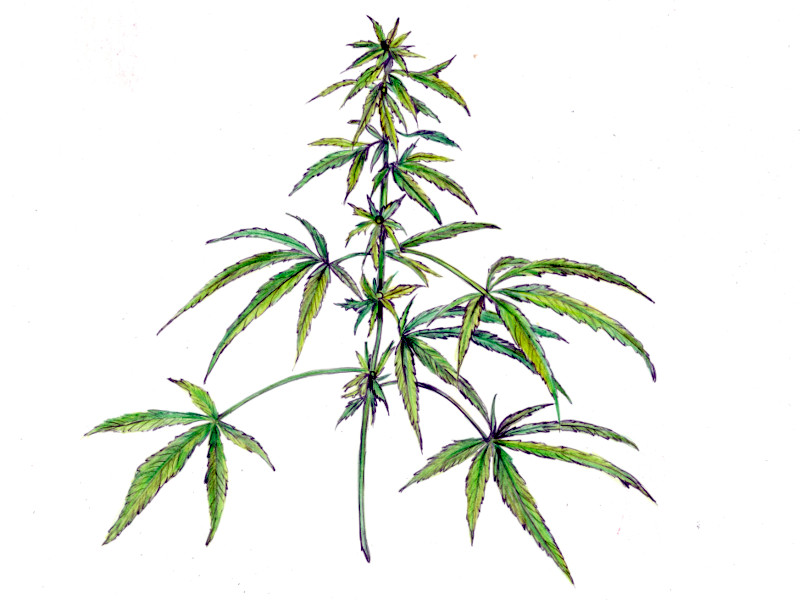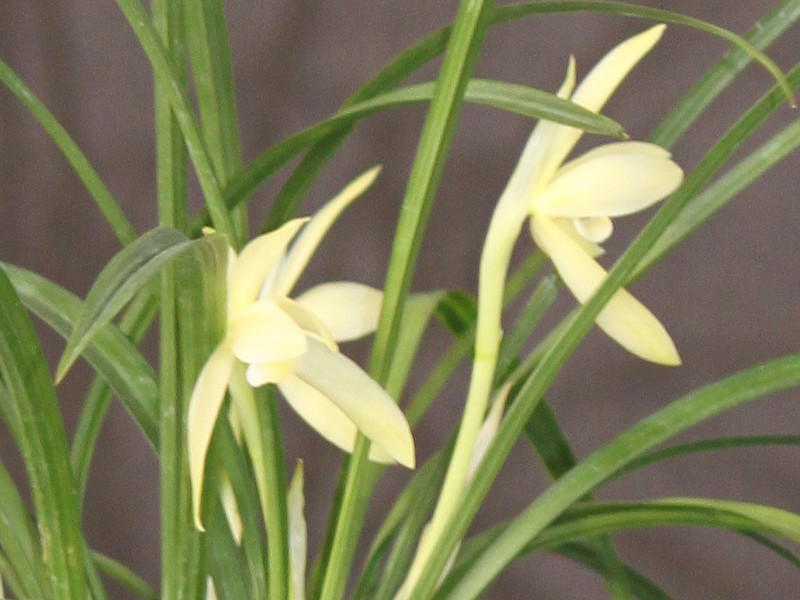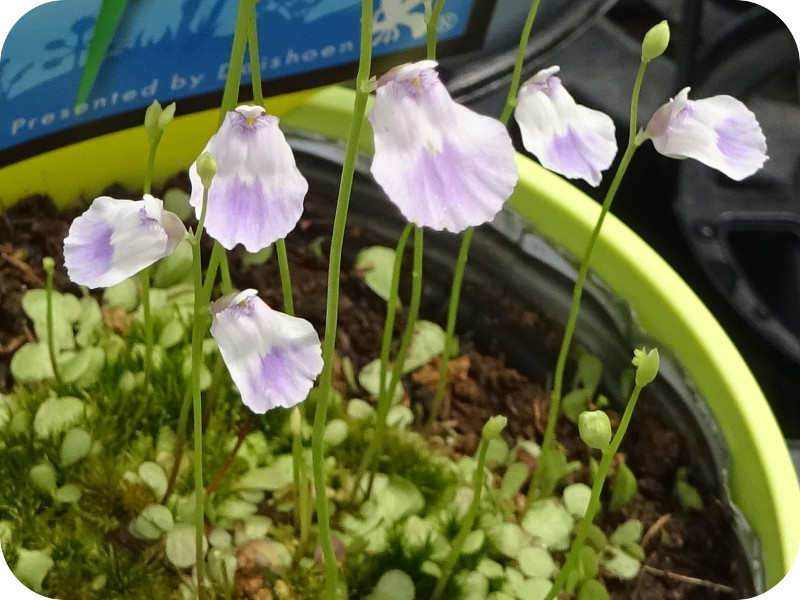Mango
- Flower nameMango
- Scientific nameMangifera indica l.
- AliasMango, 檬果, 芒果, マンゴ
- Place of originIndia-India China-Shimabara from Myanmar, Malaysia
- Place of floweringGreenhouse, Subtropical region
- Flowering seasonMarch, April, May
- Language of flowersBeauty
What is Mango
Mango (scientific name: Mangifera indica) is native to the Indochinese Peninsula and is a fruit tree of a tropical evergreen tall tree of the Anacardiaceae family. The trunk branches well and the tree forms a domed shape. The leaves are elliptical in shape. A yellowish green floret is gathered from 500 to 2000 to a conical inflorescence extending from the branch and bloomed. Small flowers are mixed with monosexual flowers and bisexual flowers. Fruits that are after flowers are edible. Fruit shapes include round, obovate and elliptical shapes. The pericarp color has red or yellow, green. There is a flat, large seed in the center. It is a fruit representing the southern country, it is edible with processed foods such as pudding, mango chutney, jam, dried fruits, etc. in addition to raw food and juice.
Fruit words that are not the flower language of mango vary depending on the variety. Irwin species is beautiful · meiwa, Hayden kind is a sweet whisper, Carabao species is fascinated · Yellow, Kent species are joyful and enthusiastic.
Generic name: Mango, Scientific name: Mangifera indica L., Place of origin: Indochinese Peninsula such as India, Myanmar, and Malaysia, Tree height: 1.5 m (potted plant), 20 m to 40 m or more (current production area), Leaf shape: oblong ellipse, leafvlength: 15 to 30 cm, leaf color: reddish brown (young leaves) to green, male flower and bisexual flower mixed in the same strain, Flower color: yellowish green color, flower size: 0.6 to 0.8 cm, number of flowers per inflorescence: 500 to 2000 rings, flowering period: March to May, Pollination: insect flower, self-fruiting, fruit type: stone fruit, harvest period: May to October, Fruit weight: 50 ~ 500g, varieties: Ai Mifune (Apple Mango), Pelican Mango.

